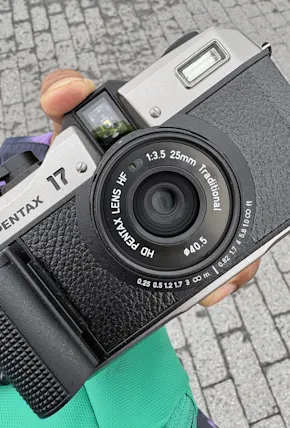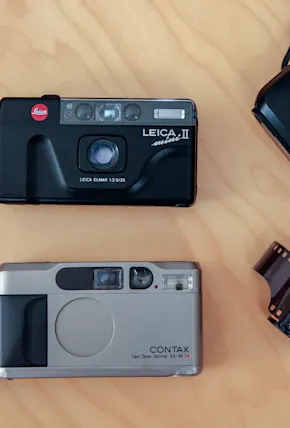Andrew Shepherd is a Seattle-based photographer and filmmaker. All images shot on 35mm film and developed using Caffenol-C. Follow Andrew on Instagram for more PNW landscapes and insights on experimental developing techniques.
Many film photographers learned how to handle an trusty 35mm camera alongside basic darkroom skills in some sort of school setting, while for others, the developing process has always remained unseen and unknown. Regardless of which camp you fall into—and whether you're a diehard point and shoot enthusiast or medium format nut—chances are your current relationship to processing extends only so far as the counter at your local print shop or post office.
Truth is, processing film requires chemicals that are toxic and temperamental. But given the inherent effort that goes into shooting film in the first place (plus some recent subpar processing by past local labs), I felt compelled to research and refamiliarize myself with the process. And to find an at-home alternative.
Enter Caffenol, the incredible liquid concoction that develops black & white film using instant coffee and washing soda to replace the nasty chemicals found in traditional developing agents. (Yes, you can also develop film with beer.)











